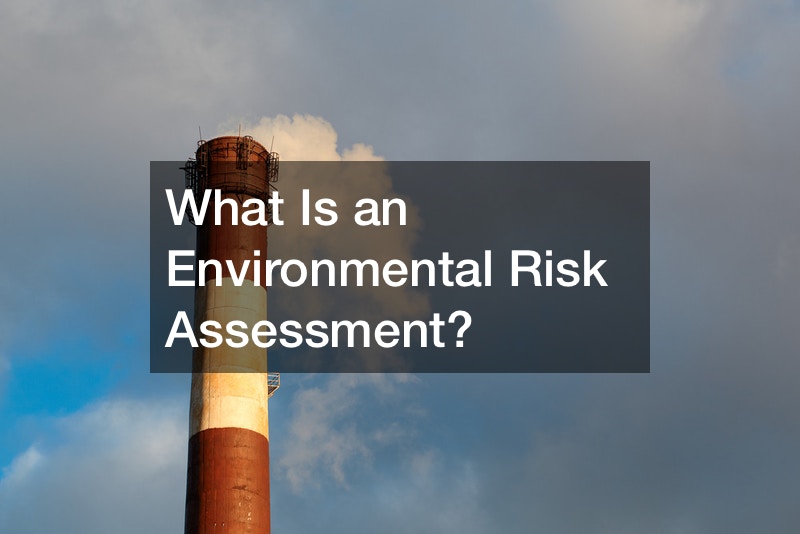
The environment describes our bio-physical surroundings, so an environmental risk assessment evaluates threats to these surroundings. Attention is paid to living things, both plants and animals, and the risk may be due to natural factors like earthquakes and volcanic activities, or human causes like environmental pollution. These include the use of toxins and pesticides by people trying to make the environment more friendly for them.
Learn more about environmental risk assessments in the video below.
The stages of an environmental risk assessment start with problem formulation, which defines the scope of the specific issue that needs attention. Next is hazard characterization during which the details of potential harm are examined, then exposure characterization which analyzes the level of exposure of the harmful material to the organism in question.

Finally, characterization of risk is done during which all factors are brought together to find the cumulative effect of the identified hazard. Risk mitigation may be pursued at the end of the environmental risk assessment to find out if the levels of the hazard can be reduced to levels that are okay or eliminated altogether.
The bodies responsible for this assessment and health risk managers make sure that no products are released to the market that have the potential to cause significant harm to the environment.
